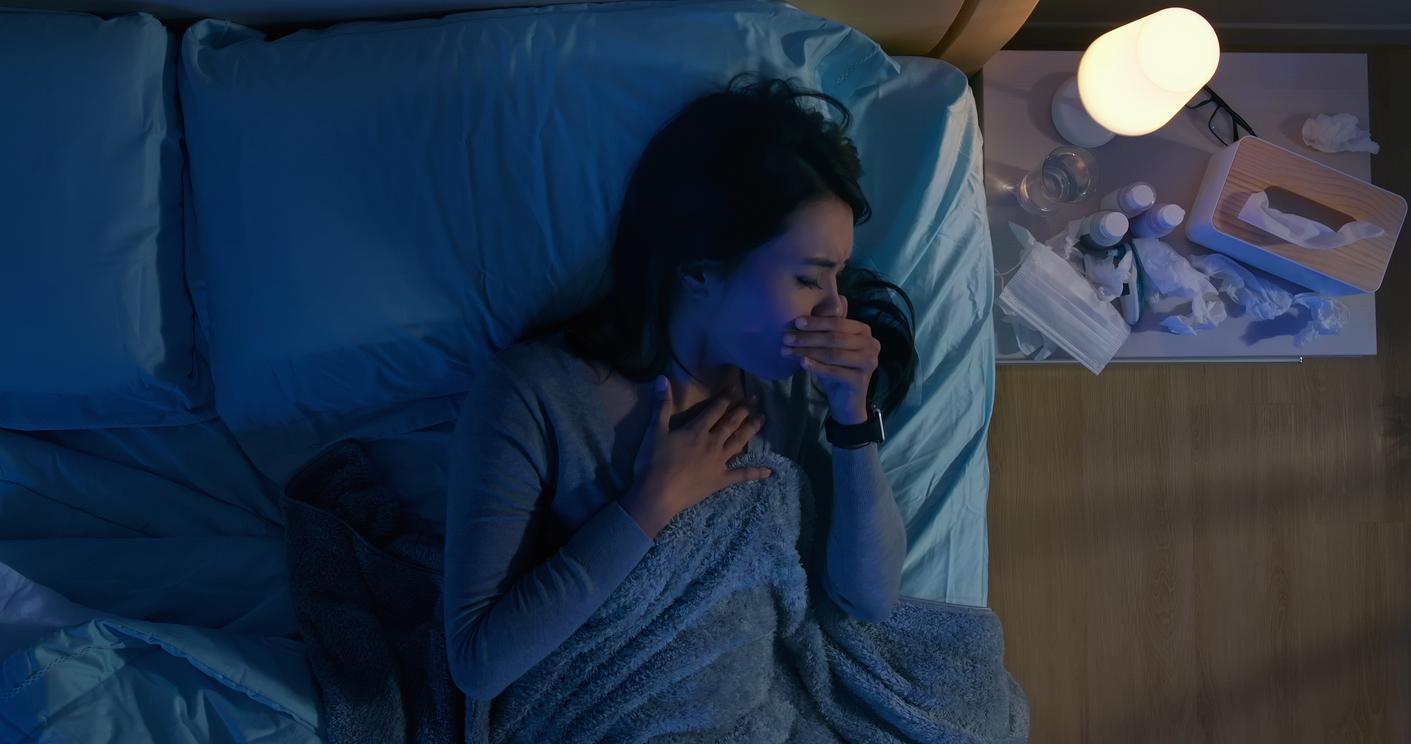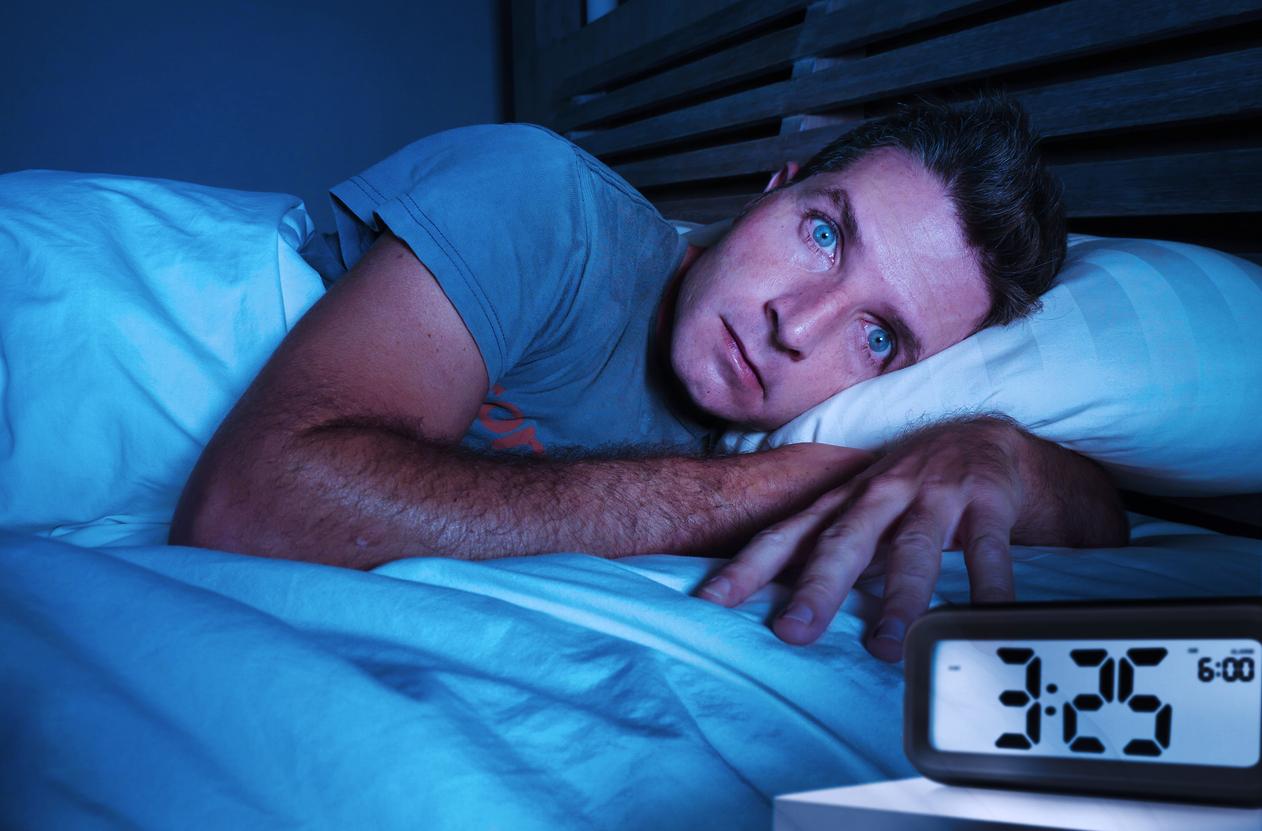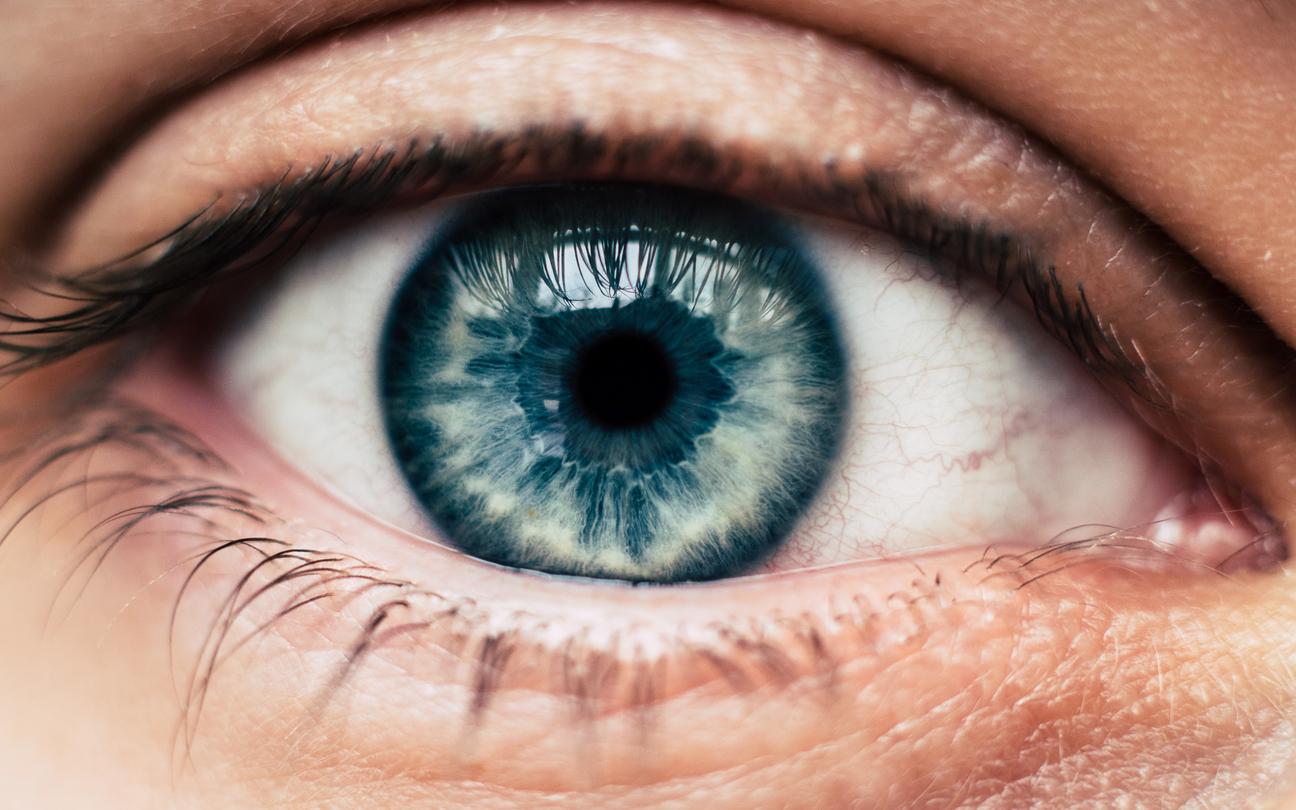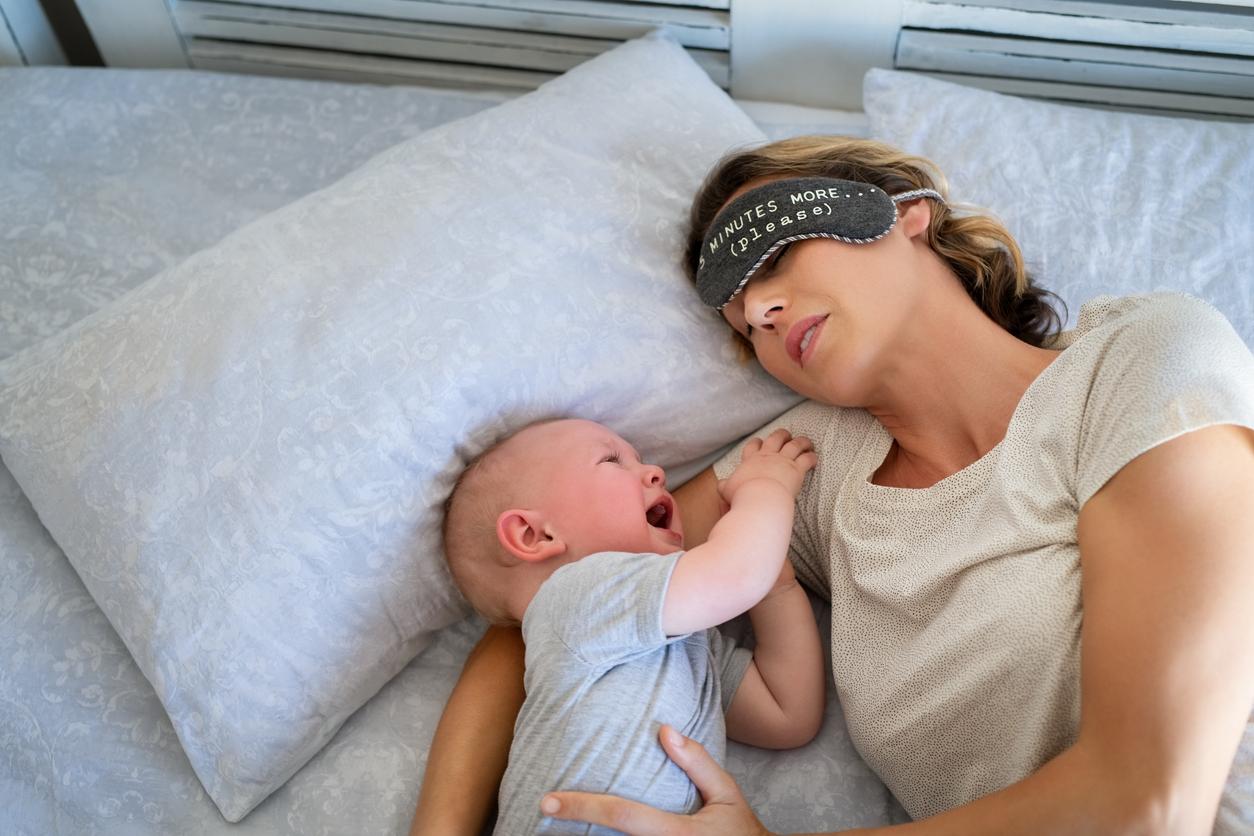The brain regions involved in the formation of dreams have been identified. based on brain activity, it is possible to guess what the dreams contain.

The mysterious world of dreams unfolds. Neuroscientists can now determine when we are dreaming, guess what our dreams are made of and what areas of the brain are activated. This feat was carried out by an international research team. She describes his works in Nature Neurosciences.
“This study was carried out to identify the areas of the brain involved in dream formation,” explains Dr Francesca Siclari from the University of Lausanne (Switzerland), one of the heads of this work. We were also able to identify the regions corresponding to the contents of dreams such as the perception of face, places or speech ”.
Dreams are born at the back of the head
To achieve this, the researchers studied the sleep of 46 volunteers who agreed to spend a night at the Sleep Institute at the University of Wisconsin (United States). Their brain activity was recorded using 236 electrodes placed on their skull and face. And to find out if the participants were dreaming, a ringtone would wake them up in the middle of the night.
Neuroscientists then discovered that during REM sleep (the best time to dream) and non-REM sleep (corresponding to the phase of falling asleep, of light and deep sleep), sleepers report having dreamed. Dreams that would form in the back of the brain. This area involved in the integration of the senses would be the only one to be activated at this time.
Dreams are not fabrications
In a second experiment, the volunteers were asked to describe their dreams. Scientists then observed that depending on the content of dreams, specific areas of the brain were activated. For example, if a dream is about a man making a speech, then the brain region associated with speech understanding is activated. Likewise, if the dreamer succeeds in seeing the faces of the characters very clearly, the regions associated with sight will be mobilized. “This suggests that dreams recruit the same brain regions as in real life. This also indicates that these experiences really take place during these waking periods, and that these are not fables that we tell when we wake up, ”notes Professor Siclari.
With all this information collected, the researchers were able to know when the volunteers were dreaming. This prediction was correct in 92% of cases in the event of dreams, and in 81% of cases in the case of dreamless sleep. “This is the first time that researchers have succeeded in showing the absence or the presence of dreams according to an electroencephalogram”, enthuses the Swiss neuroscientist. A leap into the unconscious that allows you to better understand what happens once you have your eyes closed.
.















